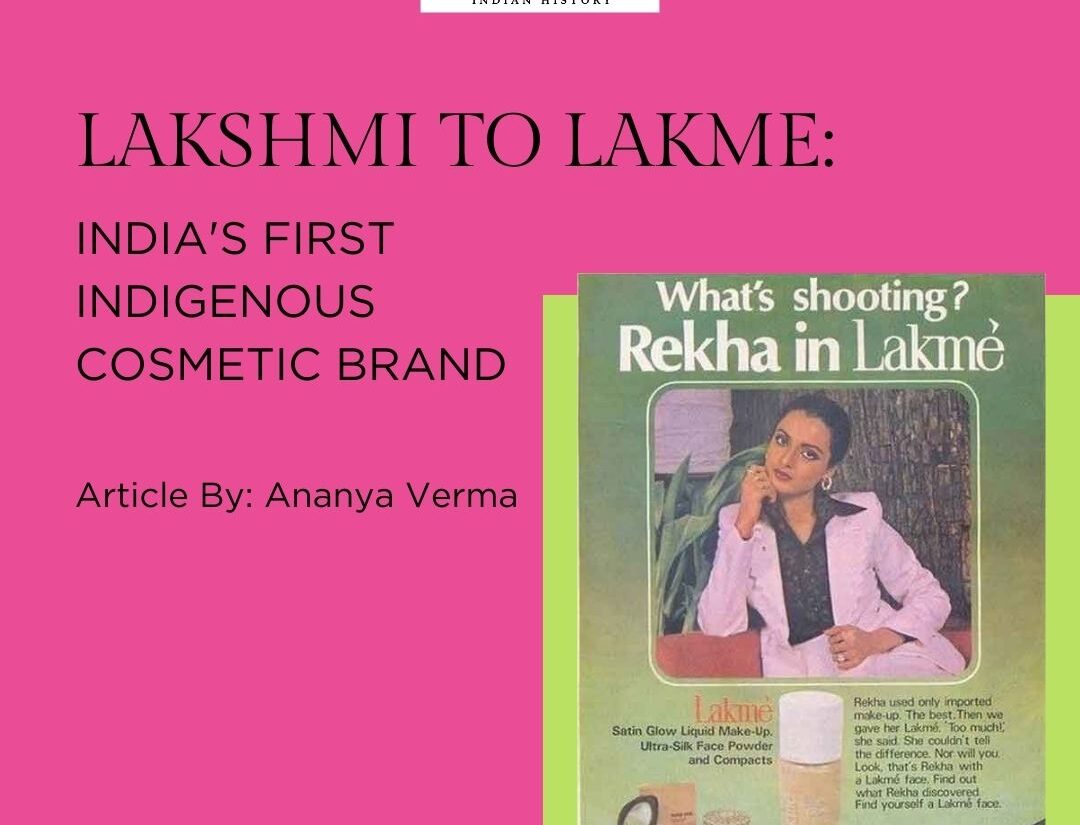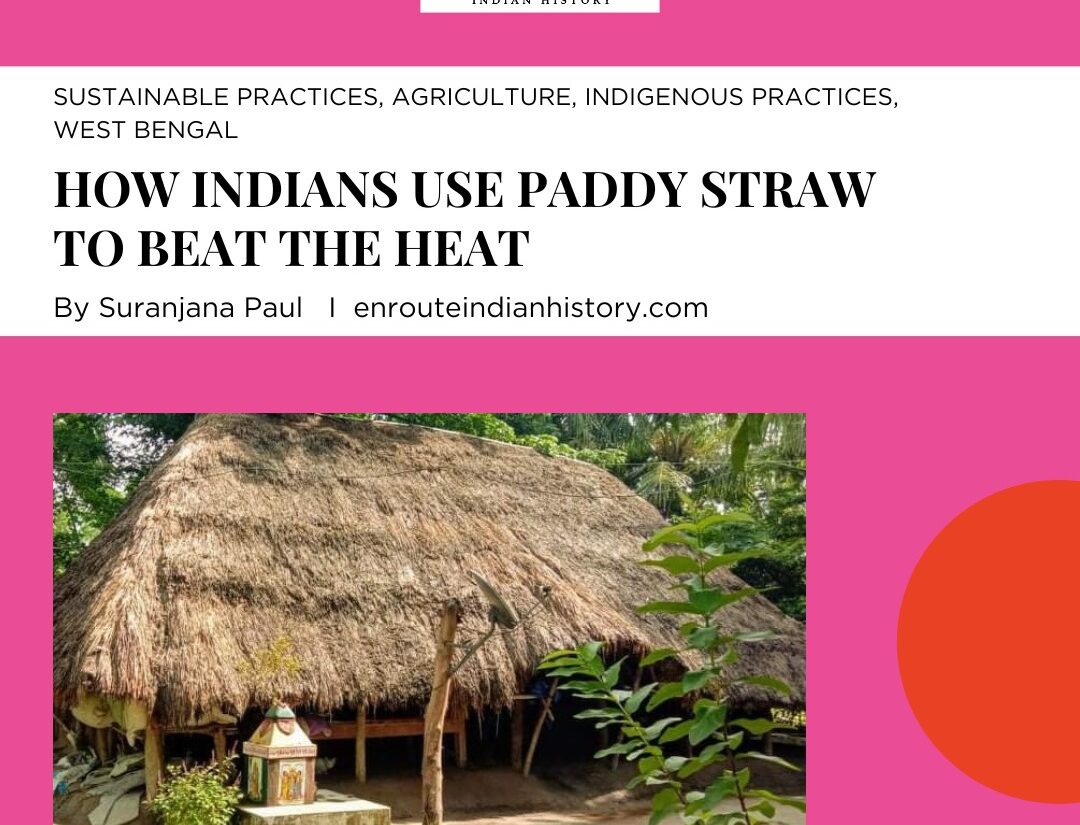
The name Lakme, at first appears to be as far away from being ‘Indian’ as it can be but surprisingly it is the first home-grown cosmetic brand in India. The brand became a household name from the vision of Pandit Jawaharlal Nehru and J.R.D. Tata to growth strategies of Simone Tata. As it turned 70 in 2022, the brand reflected on its journey of breaking the taboos around makeup and making it accessible to every Indian woman. The company did not limit itself to the cosmetic and skin care industry but ventured into the field of fashion as well. Yet its story starts with the beginning of a young India.
 J.R.D Tata with Late Prime Minister Pandit Nehru
J.R.D Tata with Late Prime Minister Pandit Nehru
Sadly, even after the colonizers had left India, their way of living and values were so deeply engraved into the minds of certain classes of Indians that it became hard to let go. During the colonial period, several foreign beauty brands entered the Indian cosmetic market and became a staple for several women. This continued even after independence as no indigenous brand fulfilled the demand. Pt. Jawaharlal Nehru worried about this situation as a great amount of foreign capital was lost on buying makeup from outside India. In distress, he urged the great industrialist, J.R.D Tata to create an indigenous cosmetic brand in India under the flagship of Tata Company, which led to the birth of Lakme.

A Lakme vintage ad with actress Aishwaraya Rai who was a brand icon for this brand.
The French Opera- Lakme
The brand was officially launched in 1952 as a subsidiary of the Tata Oil Mills Company (TOMCO) which was established in 1920 in Cochin(Kochi). The story behind the name, Lakme, is also integral in understanding the circumstances under which the company was set up. In the beginning, the company was created with the help of a French firm called Robert Pignet and Revoir. The French firm did not hold any ownership in the brand rather they were supplying the formula for their perfume for a fee. The name Lakme was a suggestion from them coming from the opera, Lakme, famous in Paris during the 1950s. The opera features an oriental background and the title loosely refers to the goddess Lakshmi. The French collaborators then suggested Tata name the brand around the goddess Lakshmi, who is the goddess of wealth and is known for her flawless beauty. This is how goddess Lakshmi inspired and created the world-renowned Lakme.

An oleograph of Goddess Laksmi by artist Raja Ravi Verma
Perfumes by Renoir
The era of Simone Tata
Although the company started its operations in a small factory at Peddar Road, but the increasing product demand and growth of manufacturing required the acquisition of a larger space. After the growth in the 1960s, Lakmé moved into TOMCO’s Sewri factory which could not hold the company’s growth for much longer. The workers were coming in two shifts to manufacture the products whose demand was skyrocketing. This would continue to grow under Simone Tata.
She was the second wife of Naval. H. Tata and step-mother to Ratan Tata. Simone Tata was Swiss in origin and held a great interest in the world of cosmetics. In one of her interviews, she said, “In my visits abroad I used to collect samples and give them to a chemist to benchmark…” She closely studied the foreign cosmetic industry to understand the process of creating the same quality ones in India.

The brand is known to hire and market popular actors as the face of brand and cosmetic beauty.
Simone Tata
Simone Tata had joined the company in the 1960s and rose to the position of chairperson in 1982. During her era, Lakmé focused on aggressive marketing strategies like regular surveys, advertisements, and creating a brand name. One such strategy was that of creating a ‘Lakmé girl’, who would represent the Indian beauty standards while also breaking the taboos around makeup in India. Tata found her first Lakmé girl in Shyamoli Verma, who also went on to be the first Indian supermodel. It was her innocence and mixture of Western and Indian beauty features that made her the ideal choice for the biggest cosmetic advertisement campaign in India. The company was not trying to promote any particular product but rather to educate young women to move away from the social taboos and take control of how they want to look. In Indian society, if a woman applies makeup, her character and intentions are questioned and she is frowned upon. In one of the advertisements, Shyamoli Varma was dressed in traditional attire with classical instruments to establish the fact that a traditional Indian woman could also use cosmetics. The idea of the Lakmé girl has continued and several popular figures like Rekha and Aishwarya Rai Bachchan have taken up the role.
Another landmark for the company was the establishment of Lakmé beauty salons in 1980. These salons offered a variety of beauty treatments and services while also promoting the use of Lakmé products. These also offered 6-month courses in cosmetology to young men and women who wanted to enter the world of makeup. The company also ventured into the field of fashion by collaborating with the Fashion Design Council of India(FDCI) to create the Lakmé Fashion Week in 1999. It is a bi-annual fashion event that takes place in February and August showcasing several giants and budding fashion designers of India. These initiatives have diversified the image of the company.

Lakme Salons have become a trusted chain of beauty salons found in every district.
The story of Lakmé is not without facing roadblocks on the path of growth. In the 1980s, the government imposed high taxation on cosmetic products not only foreign but also domestic ones. This resulted in reduced profit margins for the company. To tackle this problem, Simone Tata decided to meet the then finance minister, Dr. Manmohan Singh to raise her concerns which proved to be a successful venture. The taxes were reduced in the next budget.
In the 1990s, with increased globalization and the opening up of Indian markets, several international cosmetic giants like Maybelline and Revlon became competition for Lakmé but its image as an affordable Indian cosmetic brand and the extensive marketing in the precious decade helped it retain a large share of its market. The 90s was also a landmark for Lakmé as the ownership of the company changed. In 1993, TOMCO merged with Hindustan Unilever and Lakmé became a joint venture with a 50% share of each company. It was in 1998, that the 50% stake was divested and the company entirely went into Hindustan Unilever till the present day. The brand has continued to grow and diversify its products and continues to be a household name in India.
Lakmé Products
The story of Lakmé is quite inspiring for various reasons. Apart from just promoting their cosmetics, they have also revolutionized the perception of Indian beauty. They continue their initiative of empowering women through corporate social responsibility initiatives. From protecting the Indian foreign capital to changing the meanings of marketing, the legacy of the company is very rich. Whether it is the Lakmé iconic Kajal or the Lakmé moisturizer, the brand has found a place in every Indian home and Indian history.
References
- https://www.tatacentralarchives.com/tata-legacy/Lakmés-history.html
- https://corporatecitizen.in/v2-issue3/corporate-history-Lakmé-was-nehrus-idea.html
- https://www.hul.co.in/brands/beauty-wellbeing/Lakmé/
- https://www.thebetterindia.com/244672/Lakmé-makeup-swadeshi-brand-make-in-india-jrd-tata-jawaharlal-nehru-history-india-gop94/
- https://www.indiatoday.in/magazine/cover-story/story/19820331-shyamoli-varma-the-Lakmé-girl-and-indias-first-supermodel-771642-2013-10-17
- https://www.theheritagelab.in/Lakmé-india-opera-cosmetic/
Pictures
- https://www.Lakmésalon.in/about
- https://hindi.scoopwhoop.com/entertainment/first-Lakmé-girl-shyamoli-varma/
- https://www.google.com/imgres?imgurl=https%3A%2F%2Fmedia.vogue.in%2Fwp-content%2Fuploads%2F2017%2F10%2Fsimone-tata-vogue-india.jpg&tbnid=VKYncH36coZ
- https://robertpiguetperfumes.blogspot.com/p/history.html
- https://timesofindia.indiatimes.com/india/when-jrd-funded-the-opposition-and-nehru-did-not-retaliate/articleshow/87022508.cms
- https://www.peepultree.world/livehistoryindia/story/eras/nehru-birth-of-Lakmé
- May 15, 2024
- 6 Min Read























